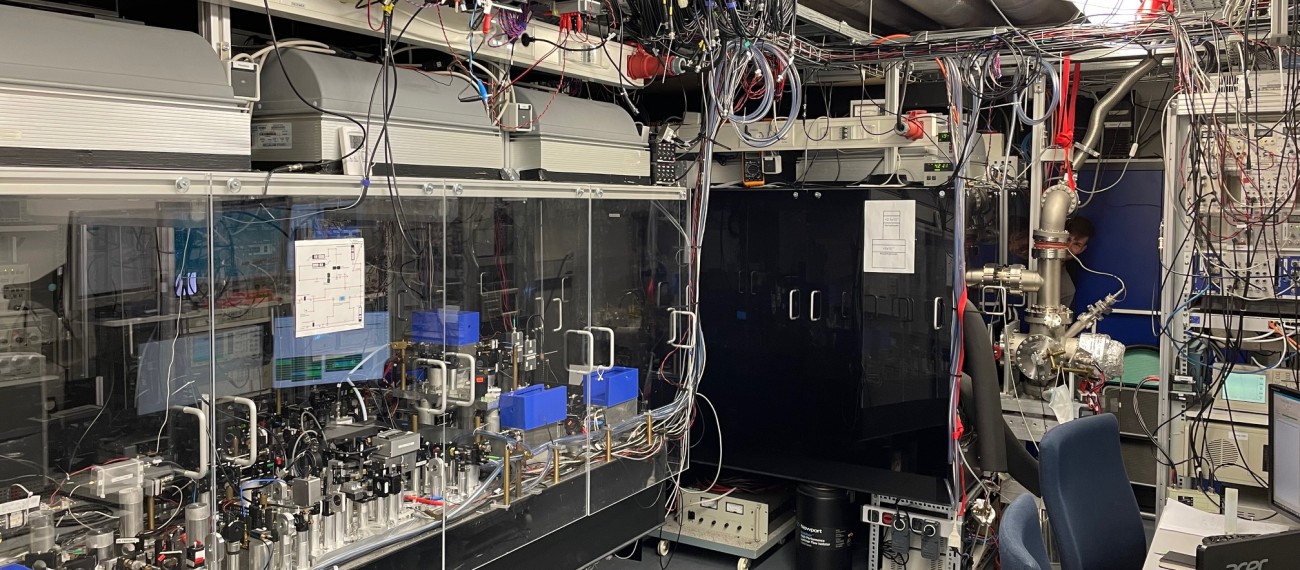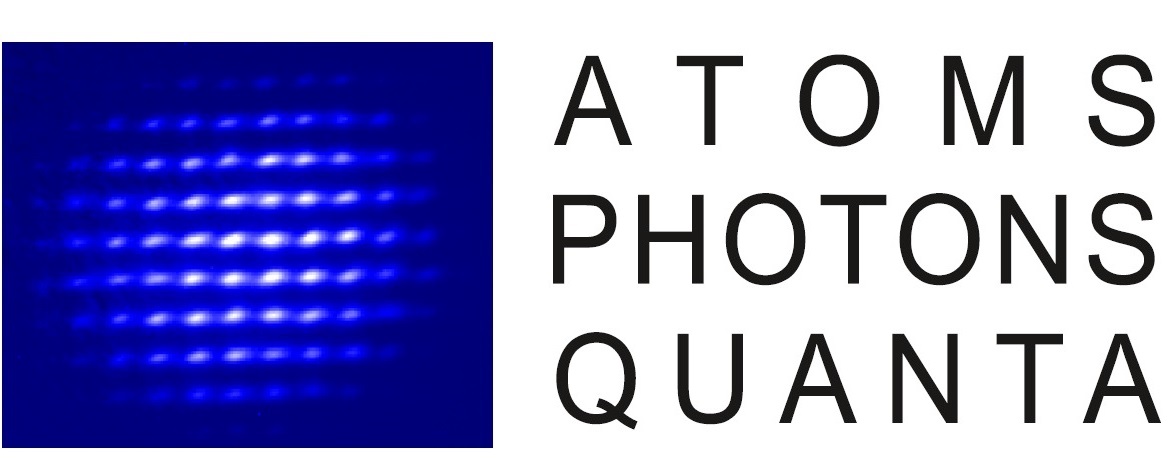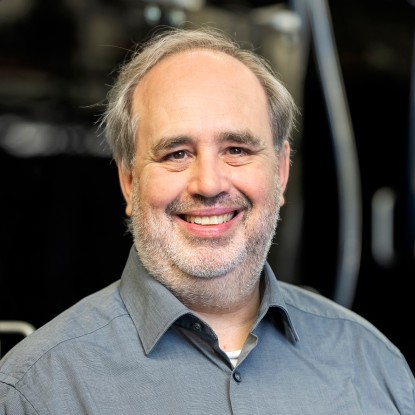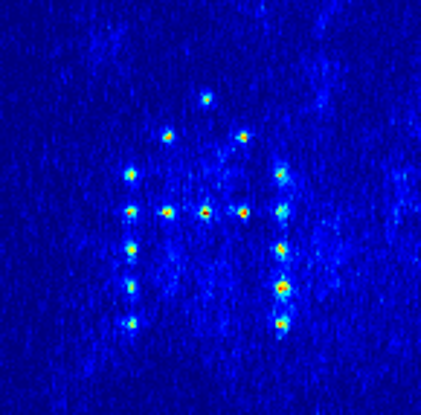Research at ATOMICS
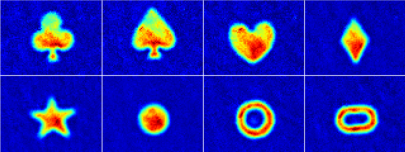
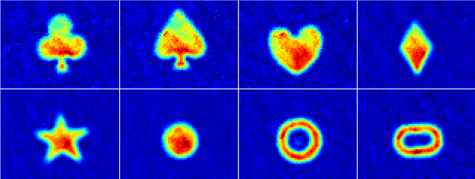
At the ATOMICS (Atom Optics with Micro Structures) experiment we use microstructures to create optical dipole potentials for ultracold atoms and BECs. We can achieve various shapes of potentials which additionally can be changed over time. Ring-shaped BECs and manipulating BECs in ring-shaped potentials are a main aspect of our research. Also atom interferometers and topological transformations of BECs are of interest for us. Furthermore in close collaboration with the theory group of Alexander Yakimenko of Taras Shevchenko National University in Kyiv we are investigating Josephson vortices by merging multiple rotating rings.
What is a Bose-Einstein condensate?
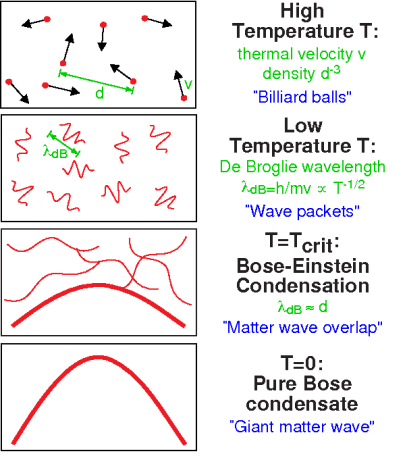
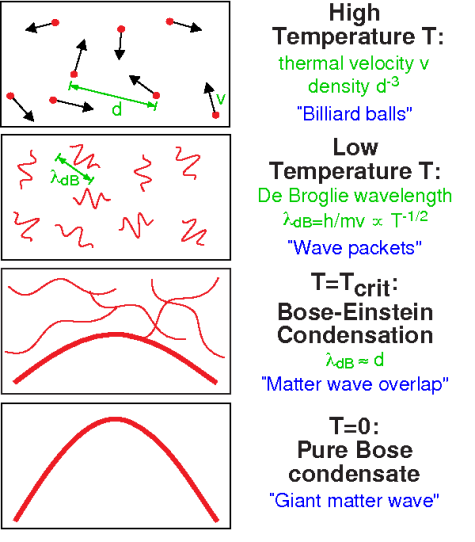
In 1924 Albert Einstein firstly predicted an extreme state of matter that can be reached by an ensemble of bosons very close to zero temperature. Also crediting the prework of Indian physicist Satyendranath Bose this state is called Bose-Einstein condensate (BEC). If the phase-space density of a bosonic gas in an external potential gets large enough, the particle wavelengths reach the order of the particle distance. The bosons start to collectively populate the lowest quantum state and form a macroscopic quantum object described by not many but only one wave function. As quantum phenomena become visible on a macroscopic scale, a BEC has a lot of interesting properties as suprafluidity and coherence, which make researching in this field very fruitful.
Creating BECs
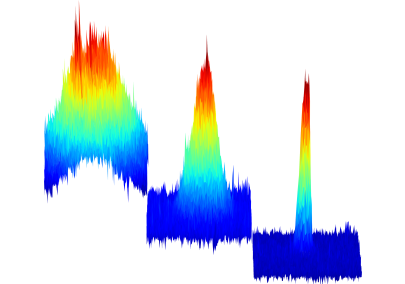
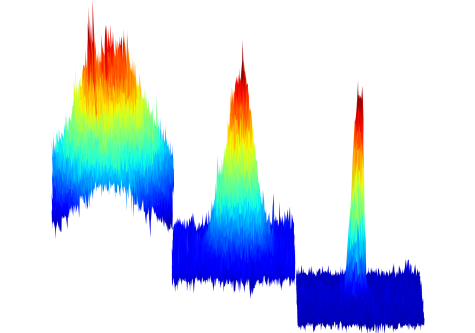
To reach the necessary high phase-space densities the bosons have to be cooled. From Einstein's prediction to the first experimental realisation of BECs many technological developments as the invention of lasers and laser cooling for atoms had to be made. In year 1995 Eric Cornell and Carl Wiemann at JILA as well as Wolfgang Ketterle at MIT independently observed the first BECs for which they were awarded the Noble Prize 2001.
Since then groups all over the world have described and discovered various experiments and applications with Bose-Einstein condensates. For example manipulating, storing and guiding of BECs promise good applications in Quantum Information Processing.
Atomtronics
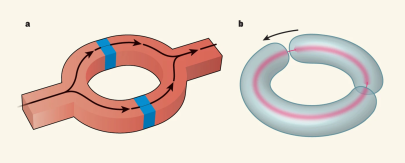
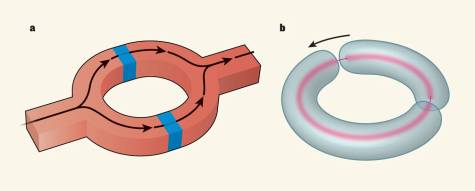
The goal of research field Atomtronics (Atom Electronics) is to build cold-atom analoga of electronic devices. For this coherence and suprafluidity of BECs are important properties. The needed traps for guiding and storing BECs are provided by optical dipole potentials. One of the most interesting Atomtronics devices is an AQUID (Atomic Quantum Interference Device) whose electronic counterpart, the so called SQUID (Superconducting Quantum Interference Device), has its place in high-precision metrology of magnetic fields. Because the atoms are neutral the AQUID is not suited for the observation of magnetic fields, however it can be used to measure rotations. Such atomic gyroscopes promise high precision and stability which is why they are current objects of research. For insights into the field of Atomtronics and various examples of the usage of BECs please see Roadmap on Atomtronics: State of the art and perspectives (opens in new tab).

